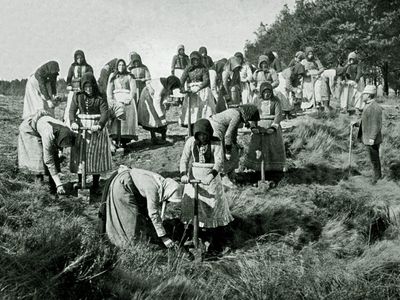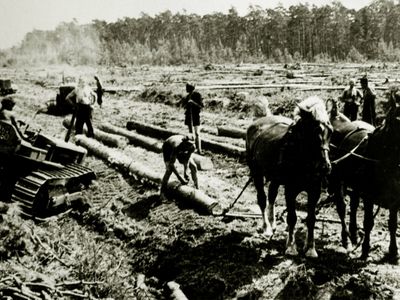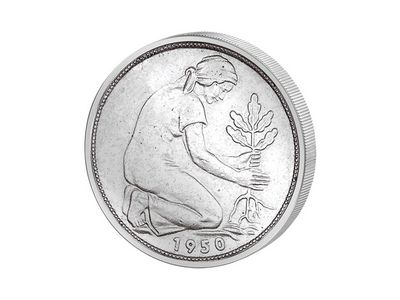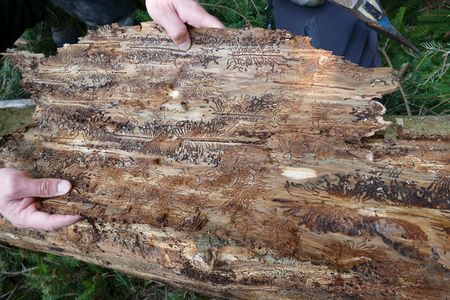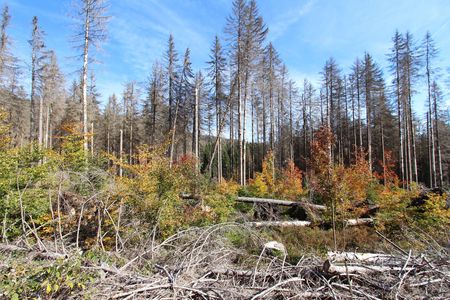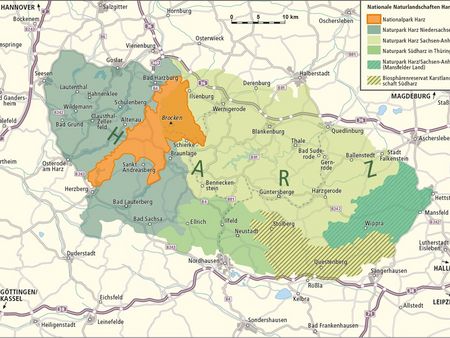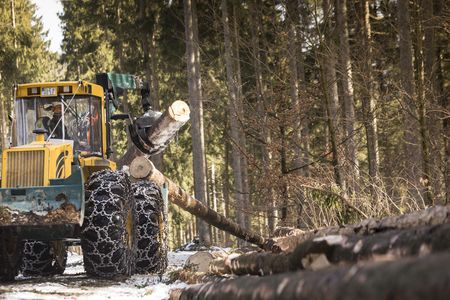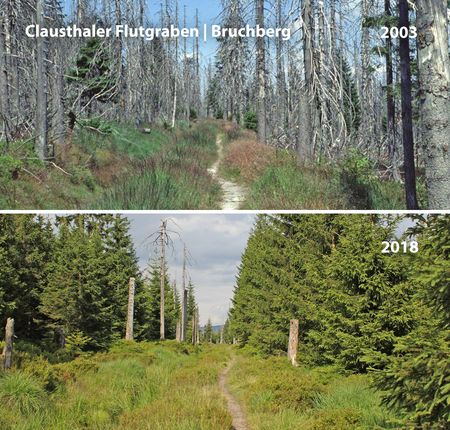THE LANDSCAPE IS CHANGING
Changes in the landscape is already visible from afar. In some parts, especially around the Brocken massif and in the higher regions of the Harz, spruce trees are dying over large areas. Bare patches are appearing, dead trees line the roadside, which can contribute to a depressing atmosphere. However, if you look closely, you will discover fresh green underneath...
The landscape of the Harz Mountains, which for centuries was characterised by pure spruce forests, is changing. Spruce was originally planted as fast-growing wood to be used in mining. In the post-war period, more wood was needed for reconstruction, for heating and also for part of the reparation payments. As a result of the severe overexploitation of the forests from the 1930s until about 1950, approximately 140,000 ha of bare forest was created in Lower Saxony alone. In order to reforest these areas, great efforts were made by foresters and so-called “Kulturfrauen” (culture women). They worked hard and for low wages to reforest the forests.
Only spruce seed was available in sufficient quantities in the Harz Mountains. Thus, spruce became the “Brotbaum” (bread tree) of the region and was also planted in locations where it is not actually native. This is an area where deciduous trees would naturally grow - beech mixed with maple, birch, ash, and other tree species.
The hard work of the "culture women" was appreciated with a special coinage of the West German 50 pfennig piece of the time. It showed a kneeling woman planting an oak tree.
